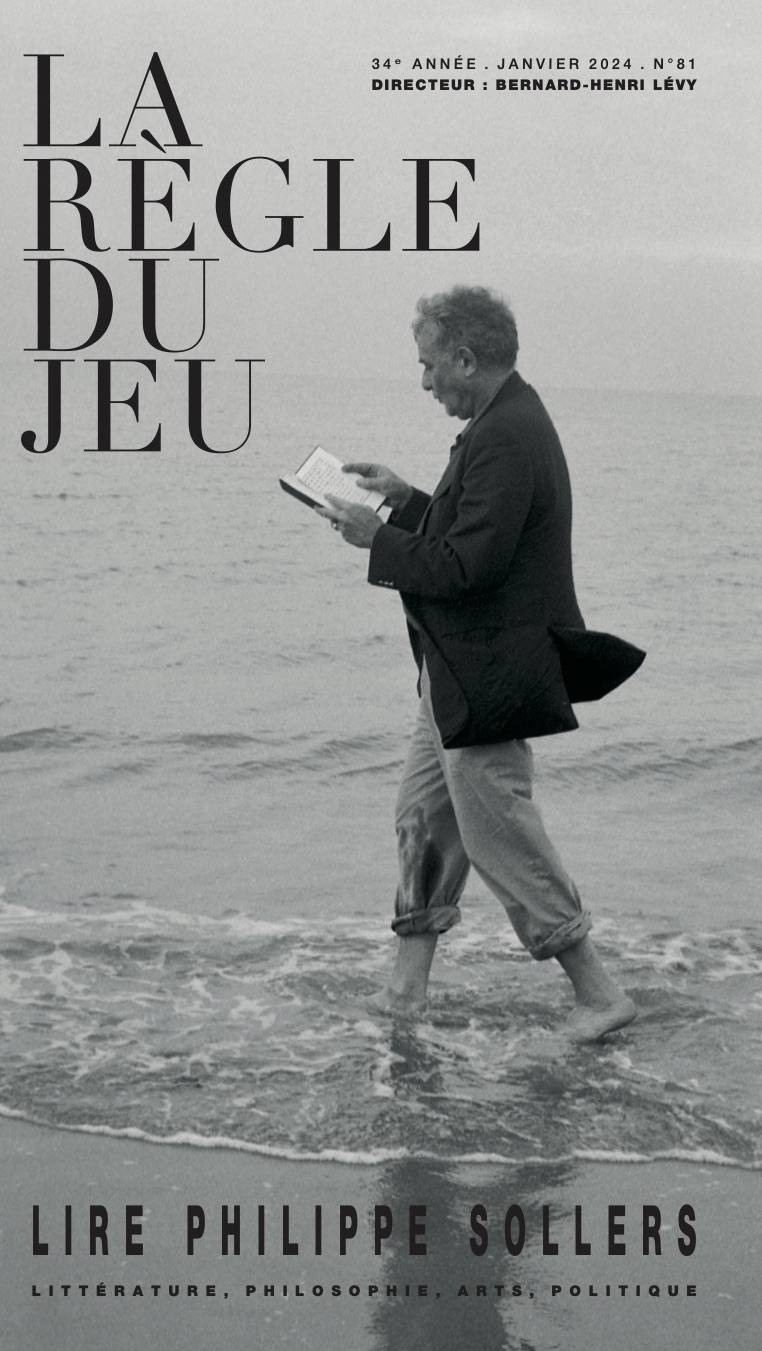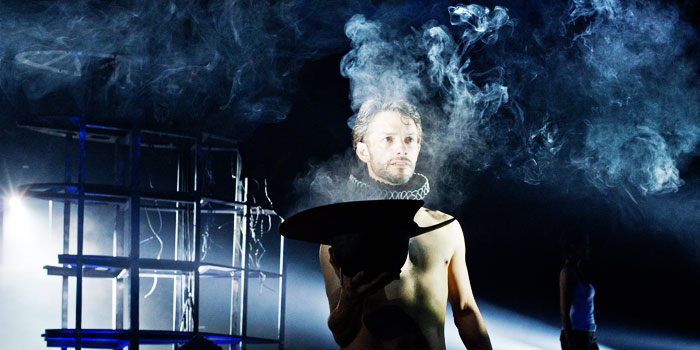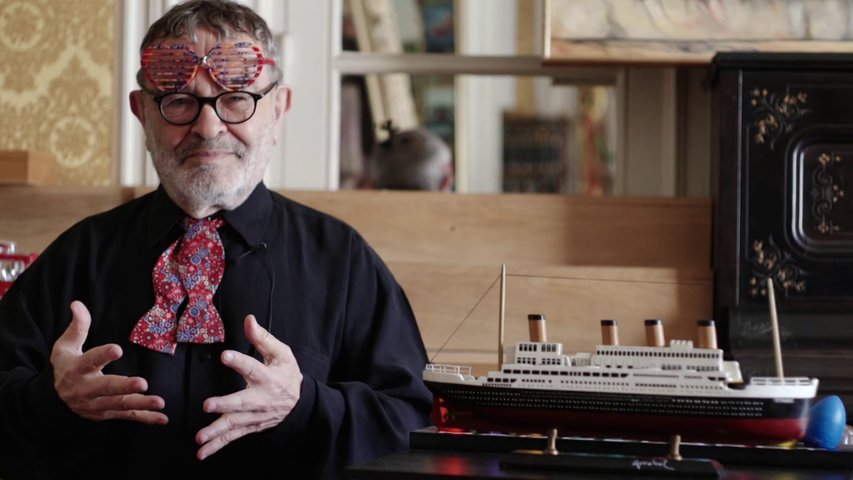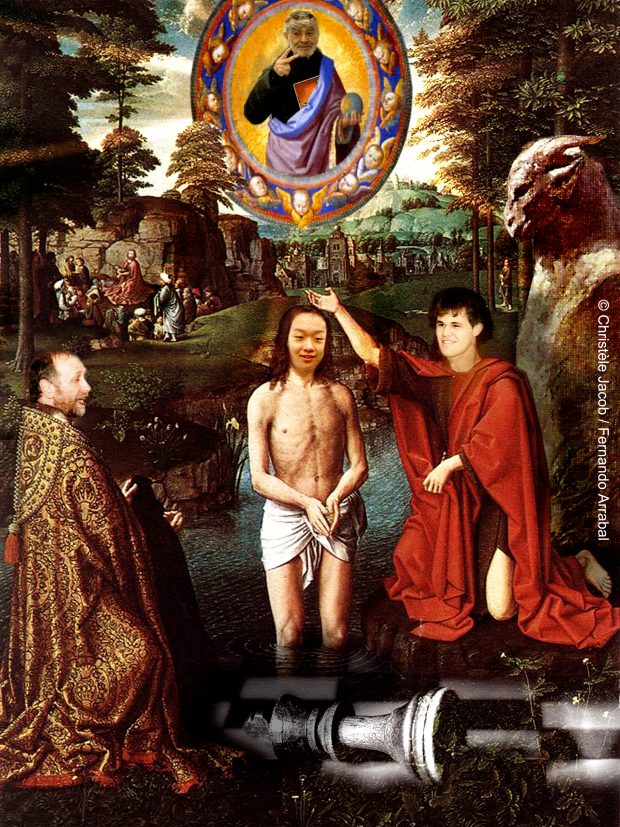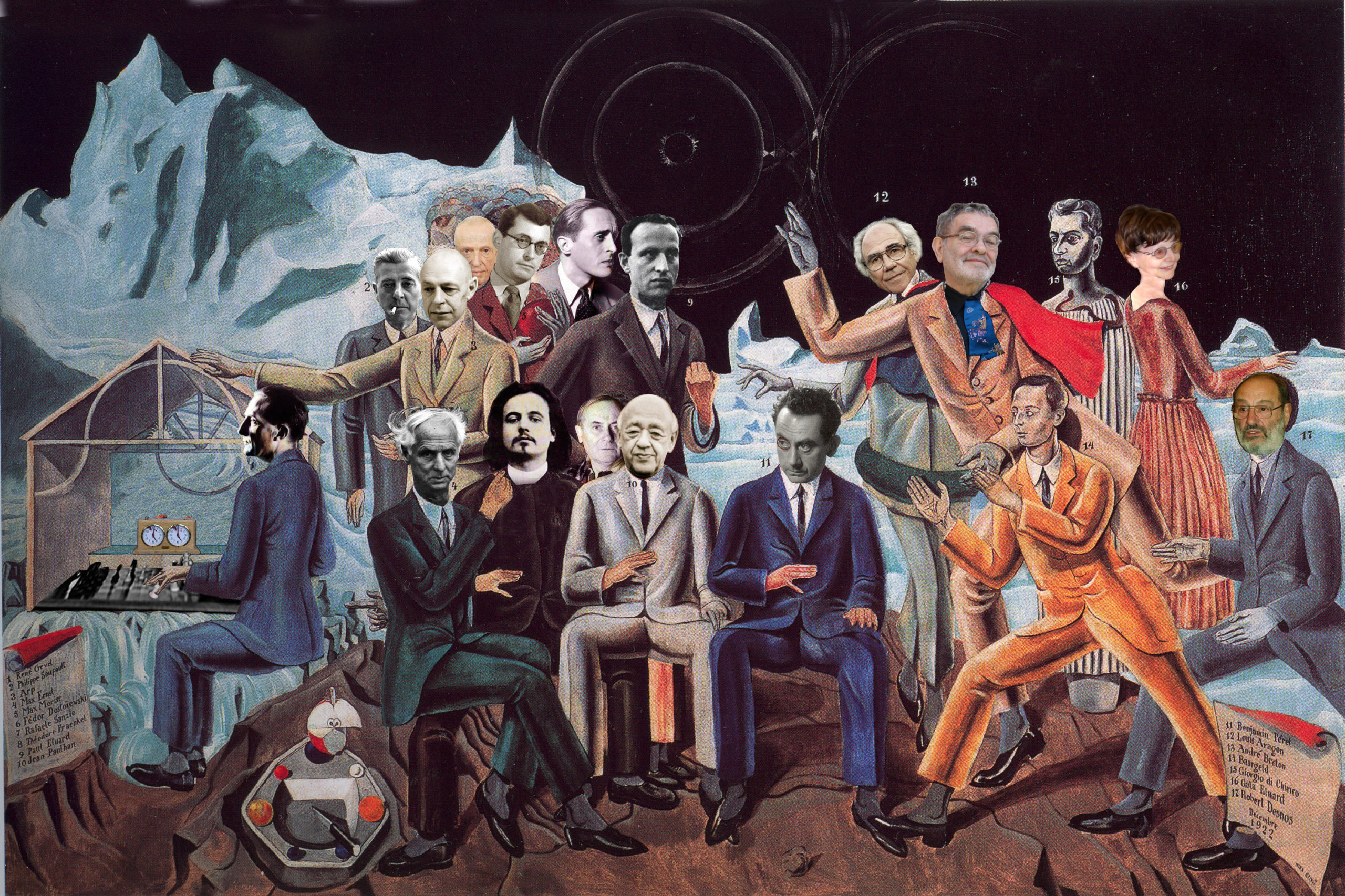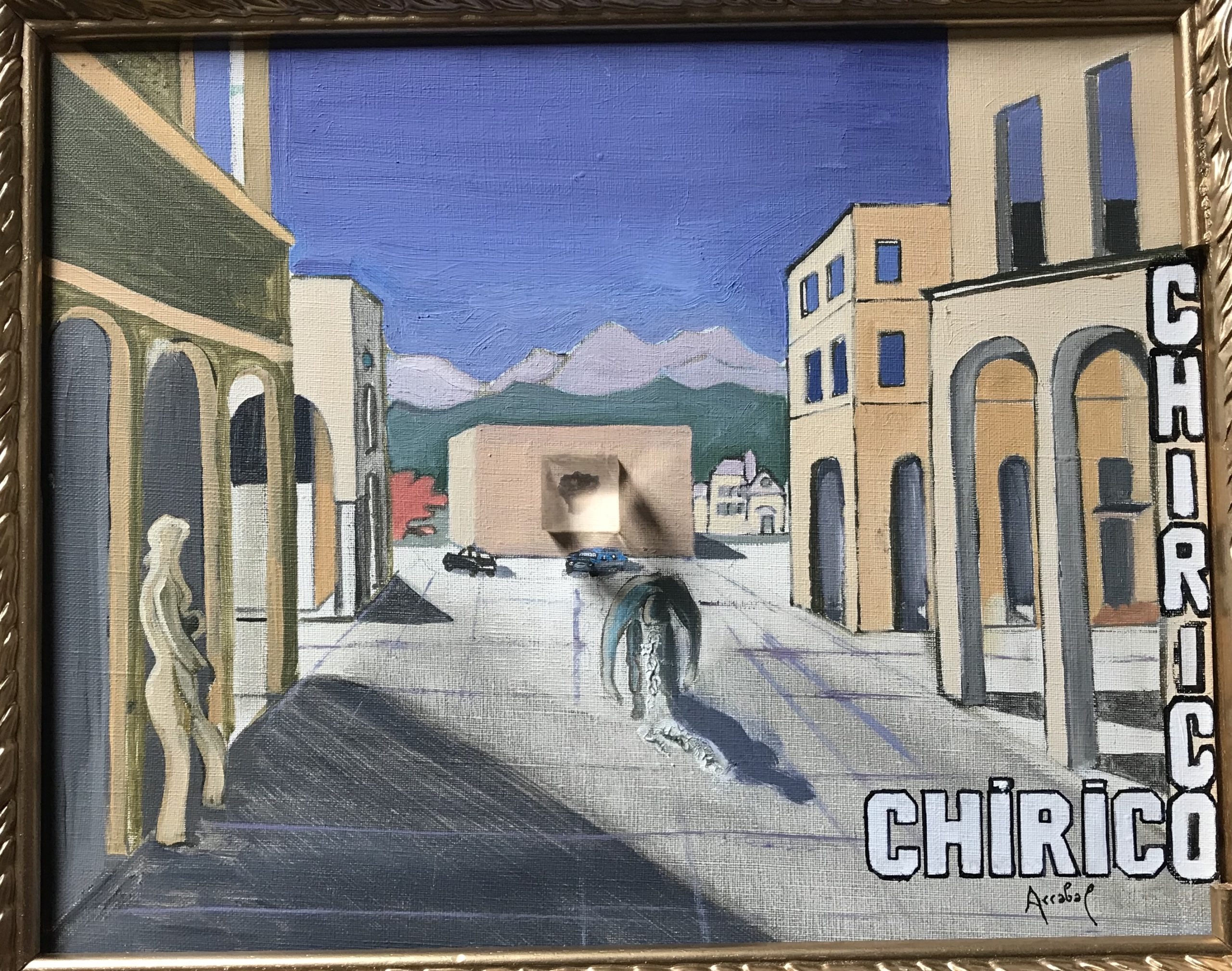Fernando Arrabal’s « Pingüinas »
at the Teatro Español’s Matadero
in Madrid.
[Photo credit: Javier Naval.]
Spectacular
Phyllis Zatlin
« During a visit to Madrid, I saw… Arrabal’s Pingüinas. Juan Carlos Pérez de la Fuente was named to a four-year term at the helm of Madrid’s municipal Teatro Español, starting 11 July 2014, but the previous director Natalio Grueso, who took over in 2012, had already made arrangements for the 2014–15 program. He had not, however, accounted for the Teatro Español’s Naves at the Matadero (former slaughterhouse). Pérez de la Fuente promptly named in Fernando Arrabal’s honor one of two halls converted there into theatres. The recognition was no doubt merited. Arrabal (b. 1932), who has lived in Paris most of his life, is the best known contemporary Spanish dramatist and author in the world.
Pérez de la Fuente reports that he contacted Arrabal in September, asking that he write a work to commemorate the 400th anniversary of part 2 of Miguel de Cervantes’s Don Quijote… Given the stunning performance… in his program notes, Arrabal affirms that these “Quijotas” or “Cervantas” make no commentaries and teach no lessons. They reflect the essence of Don Quijote, which proclaims liberty above and beyond sanity and madness.
The female penguins of the title are ten women in the Cervantes family, ranging from his grandmother to his illegitimate daughter. Before the action begins, their names and relationship to Cervantes, along with their birth and death dates, are projected for the benefit of spectators seated on two sides of the stage area, facing a central structure that resembled a space launch tower. The cast consists of ten women and one man, who wears a shirt labeled “Miho” and is loudly proclaimed to be the son of them all.
The term “pingüinas” is inspired by an annual gathering of the Penguins motorcycle club. The casting call for the ten women specified that the actors had to be able to handle emotional, physical roles and to ride motorcycles. Despite the latter requirement, there were one thousand applicants. Perhaps the most famous in the final list of ten is Ana Torrent, who portrayed Luisa de Belén, Cervantes’s sister who was a nun. Others who play major roles are María Hervas as Torreblanca, the grandmother, and Marta Poveda as Constanza, the niece.
All ten roles are indeed physical, involving constant motion and costume changes. Among the costumes, designed by Almudena Rodríguez Huertas, quasi-military camouflage garb dominates; these are layered, facilitating rapid transformations. Near the end of the production, seven of the women appeared as brides, donning white skirts over hoops. In a final scene, located presumably in a mental health, they wore orange costumes.
Marta Carrasco created an outstanding movement and choreography design. The playing space, with tiered seating on two sides, featured a wide entrance in the middle of one of them and was open on the other two sides except for supporting posts. Most surprising, she choreographed motorcycle action as the bikes circled around the stage area in various formations. The bikes appeared perilously close to one another but there were no collisions. Front ends of bikes were at times topped with heads of horses or horned animals. The motorcycles alternated between entering the stage soundlessly and roaring in.
Equally impressive was the lighting, created by José Manuel Guerra that culminated in a fireworks display rising up the tower. The Cervantes character made several aerial entrances from the side. To represent the Spanish author’s extended imprisonment in Africa, where he was held for ransom, Miho flies in a cage.
Arrabal is celebrated for his provocative, transgressive theatre. Pérez de la Fuente may well be right that the chaotic action of Pingüinas could prove to be the Spanish author’s greatest work. Certainly the spectacular staging at the Matadero will not soon be surpassed ».
Phyllis Zatlin
European Stages is a publication of the Martin E. Segal Theatre Center ©2015
New York NY 10016
